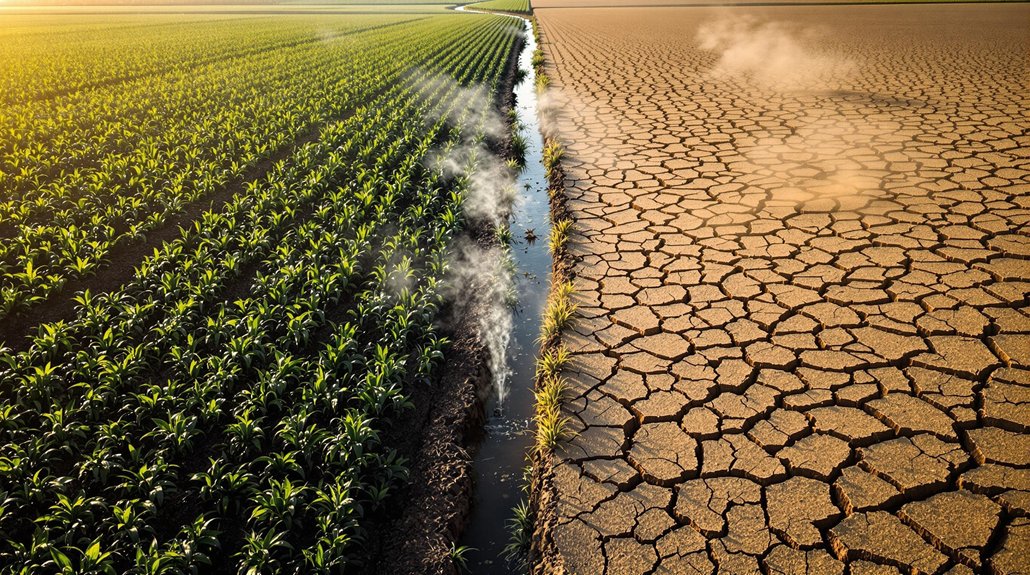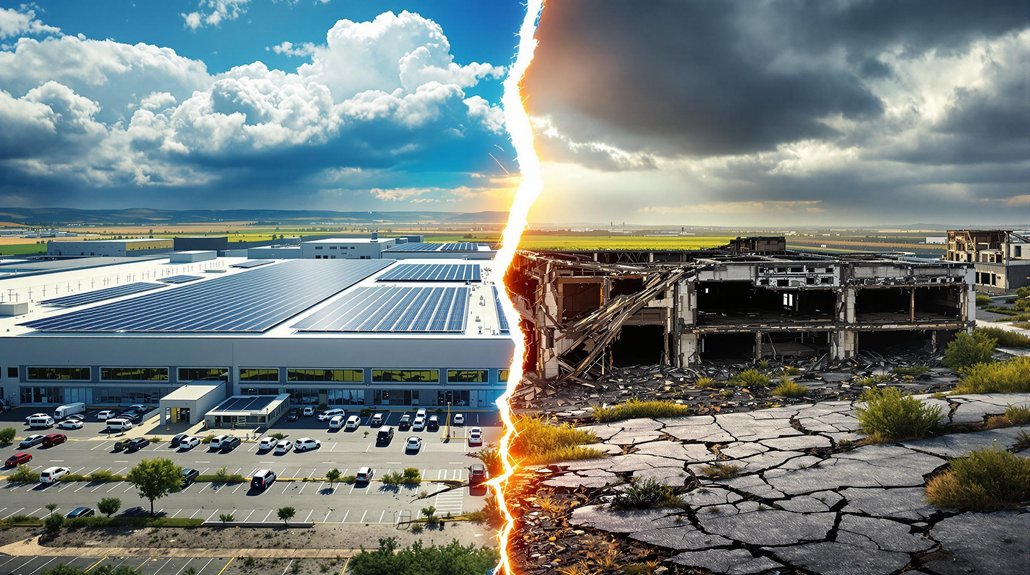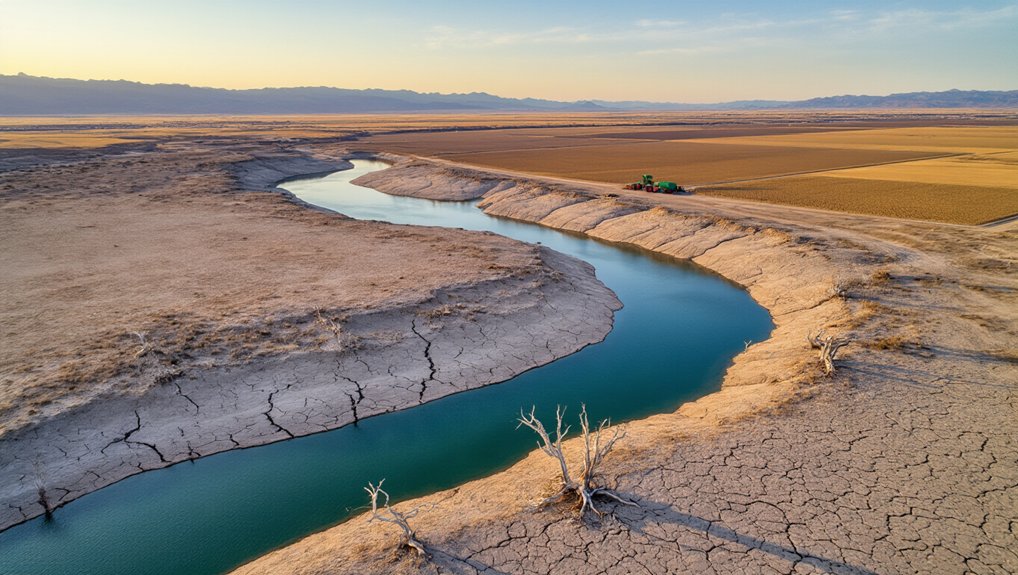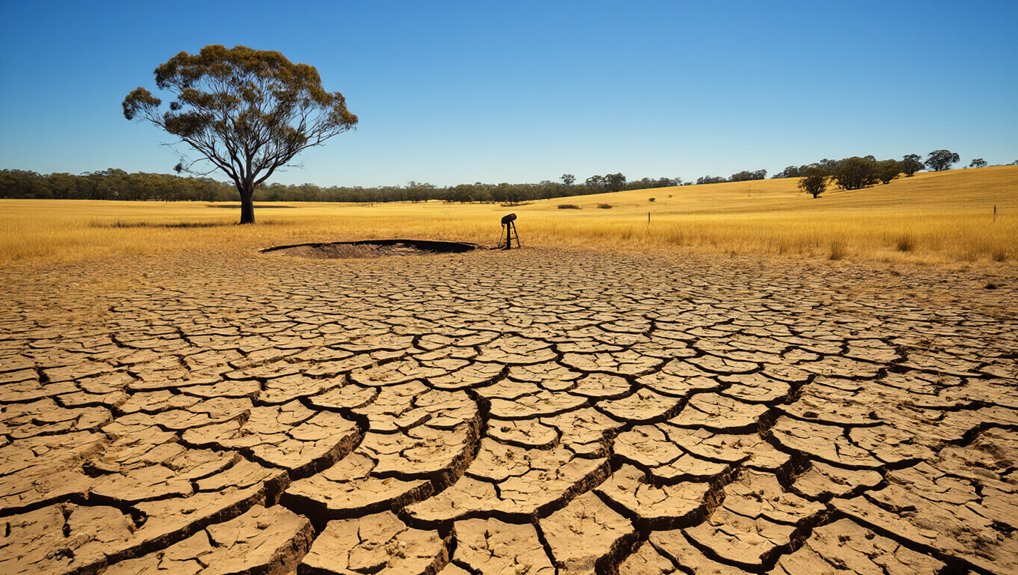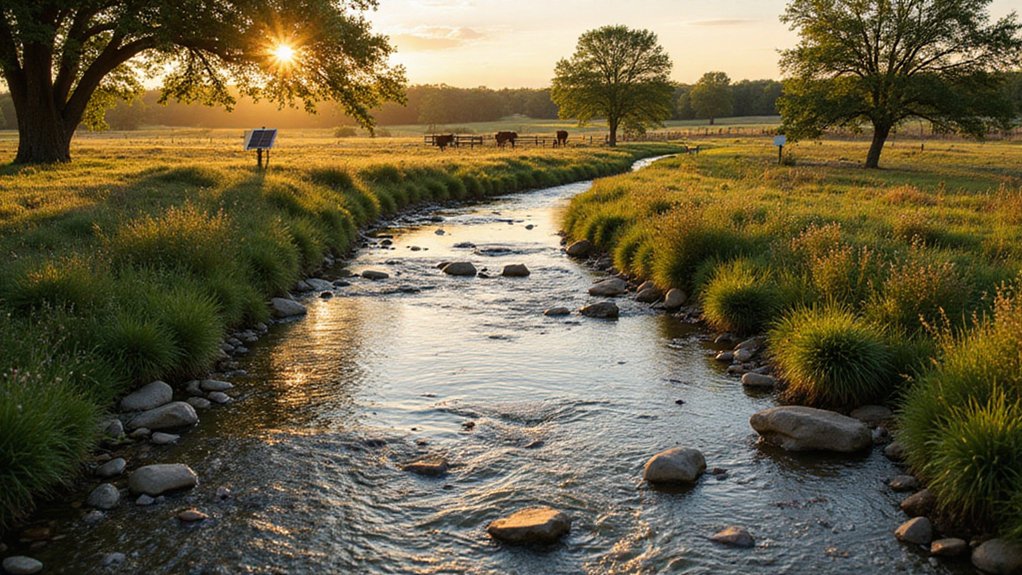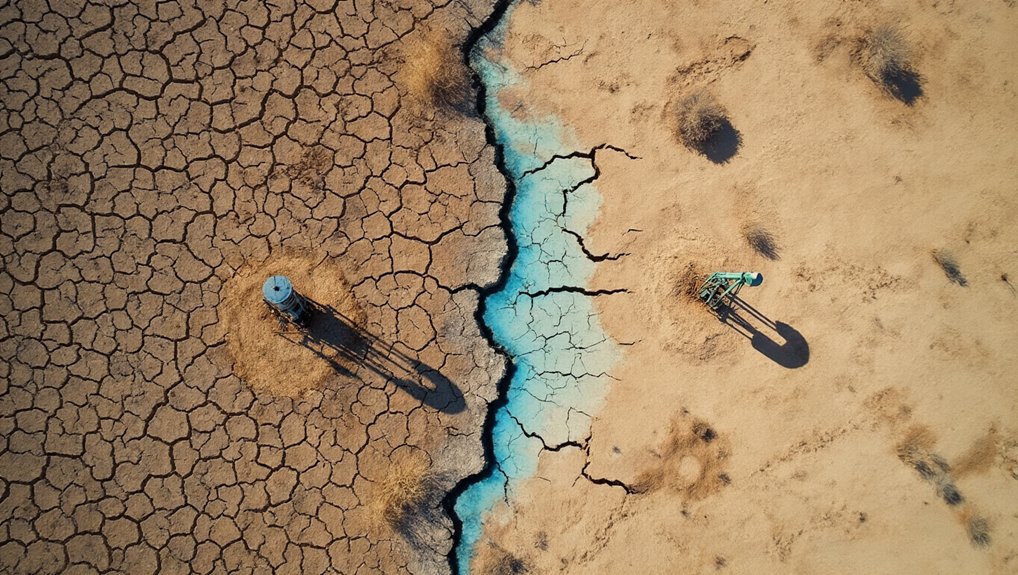Earth’s soil moisture has declined drastically since 2000, with over 2.6 trillion tonnes of water lost. Scientists warn this could be a “point of no return” in the climate crisis. Rising temperatures create a thirstier atmosphere, increasing evaporation and reducing rainfall. This threatens food production and ecosystem health worldwide. While some regions see improvements, most face worsening conditions. Adaptation strategies offer hope amid these concerning trends.
As the world continues to warm due to climate change, Earth’s soil is losing water at an alarming rate. Scientists have noted a significant decline in soil moisture since 2000, with a staggering 1,614 billion tonnes of water lost from soil between 2000 and 2002. The situation worsened over time, with an additional 1,009 billion tonnes lost from 2002 to 2016. Despite hopes for recovery, soil moisture levels haven’t bounced back as of 2021.
The main causes of this soil moisture decline are directly linked to our changing climate. Rising global temperatures have created a thirstier atmosphere that pulls more water from the soil through evaporation. Changes in rainfall patterns have compounded the problem, with many regions experiencing low rainfall precisely when evaporation rates are highest.
This water loss isn’t just an abstract environmental concern—it poses real threats to our food supply. Farmers now need more irrigation to grow crops. Smaller yields are becoming more common, and some regions face desertification risks. Food production and security are under increasing pressure as soil moisture declines.
The effects extend beyond agriculture to natural ecosystems. Plant communities are changing, along with their root structures. Nutrient cycling in soil has been altered, though impacts on soil biodiversity remain largely unknown. These changes potentially disrupt essential ecosystem services and affect the soil’s ability to store carbon.
Interestingly, soil moisture trends vary by location. The Mediterranean region has seen decreases since the 1950s, while parts of northern Europe have experienced increases. About 57% of the continental USA showed positive trends between 2011 and 2020, highlighting how local conditions can differ.
Scientists are working on adaptation strategies, including modified crop rotations with deep-rooted plants, using cover crops to increase soil carbon, and converting some farmland to grassland. Researchers have discovered that the decline in terrestrial water storage may have been a dominant driver of sea level rise in the early 21st century, contributing nearly 2mm per year. However, future projections remain uncertain, mainly because it’s difficult to predict long-term precipitation patterns.
This uncertainty underscores the importance of ongoing soil moisture monitoring and research.
